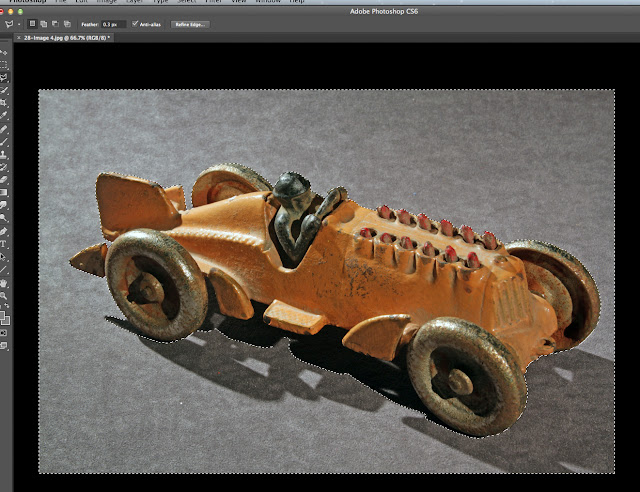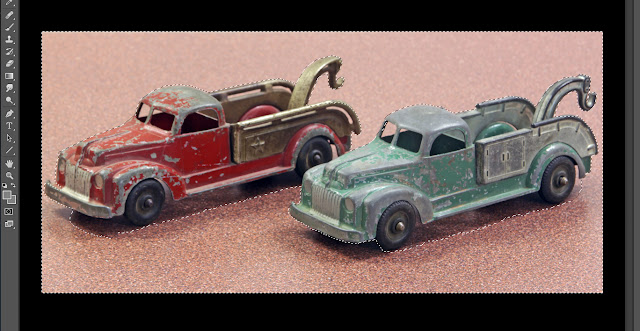Wednesday, July 10, 2013
A Simple Macro Photo
I live in Montreal ,Quebec, Canada. Over the last 10 years. both the country and the province (Quebec) have established many environmental laws for the regulation of chemicals, pesticides, and other things that could harmful to the flora and fauna, as well as the people. As a result, it's hard to find good herbicides or pesticides that work, as well as being eco-friendly.
Because of the new laws, there have been a lot of new problems with both weeds and insects. One of my problems for my lawn is an insect by the name of the web sod worm. It looks like a narrow moth in shape, and in July and August lays eggs in the grass. The larvae burrow into the ground at the level of the grass roots. There they chew at the tasty and fleshy roots and stems, and the grass shoots die. You can usually tell that the sod webworms are in your grass because the grass turns yellow. Also, if you like a portion of the yellow grass with some earth, you will see the white "grubs" or larvae.
I'm starting to see these tiny insects flying around, and I know what will be coming next - lawn damage. So I decided to photograph a captured and frozen insect and send it to a company that sells nematodes - a natural predator for these sod webworms. The nematodes arrive via Purlolator or other shipper via a fast shipping method, and have been packed in ice at the factory. You take the nematodes and then place them in water, mix the water, and use a special container/applicator to apply the nematodes to the lawn. You then have to soak the lawn well so the nematodes bury themselves into the earth and then find their prey.
Nematodes are relatively expensive (2 packages of about 100,000,000 nematodes cost about $ 86.00 with shipping included, so I wanted to be sure that the flying insects are in fact those sod webworms, and not some "friendly" insect. I first captured and froze 1 webworm, and scanned it on my Epson 700 scanner - a marvellous scanner! The problem though is that it scans in 2-D, and lacks light from the top to illuminate the insect.
A Scanned Sod Webworm
You can see the limitations of using the scanner. There is not enough shadow detail on the topside facing you. That does not receive much light, even when I use the plastic inner cover side to act as a reflector.
The bottom line for me was that I should have simply used my camera and photographed the insect properly, but I was a bit "lazy". What then happened was that the company that I purchase the nematodes from, e-mialed me back to say that their insect expert needed a better photo with the wins showing. So, I had to capture and freeze another insect, and then photograph it - something that I should have done in the first place!
Here's a better photo of the "culprit". I simply took the photo under fluorescent and used Photoshop's Raw to correct the colour-balance. I should have use proper 3200 Kelvin light, with reflectors to light up the shadow details in the abdomen, but I was a bit "lazy" again.
I used laserjet paper with a brightness of 92. You have to understand that this paper has a blue dye in it for brightness. I then colour-balanced in Photoshop. I could have used a piece of Kleenex tissue. The key word though is "plain" -you don't want to have colour reflect on to the insect or have a distracting background.
I took another photo of the "culprit" and included a dime (10 cent) coin.
Our Canadian dime measures 3/4" (18 mm) in diameter, and its thickness is about 1/64" or 1 mm.
It's a good idea to use a common reference when photographing small items, otherwise how would the viewer know how large or small the insect is. So now, I'll have to wait to hear from the nematode company to hear if in fact I caught a "good insect" or a "bad one"!
A few more points:
1. Use a tripod
2. Use a remote shutter release or self-timer
3. Use a small f-stop (e.g. f-16) to maximize depth-of-field and depth-of-focus.
I purchased a Canon 100mm lens when I was buying and selling toys on E-Bay. A macro lens is specially designed using mathematics and physics to create the best optics possible. However, if you don't want to spend a lot of money, then you can buy close-up optical filters that fit on the lens. You can also buy extension tubes, and I'm not sure of you still can buy bellows for a DSLR. In any event. the world of small is very captivating and interesting, and you want to see the world from a different perspective, give macro photography a try - you won't be sorry!
Thanks for dropping by,
and have a great part of the day,
wherever you may be.
Stacey




















































